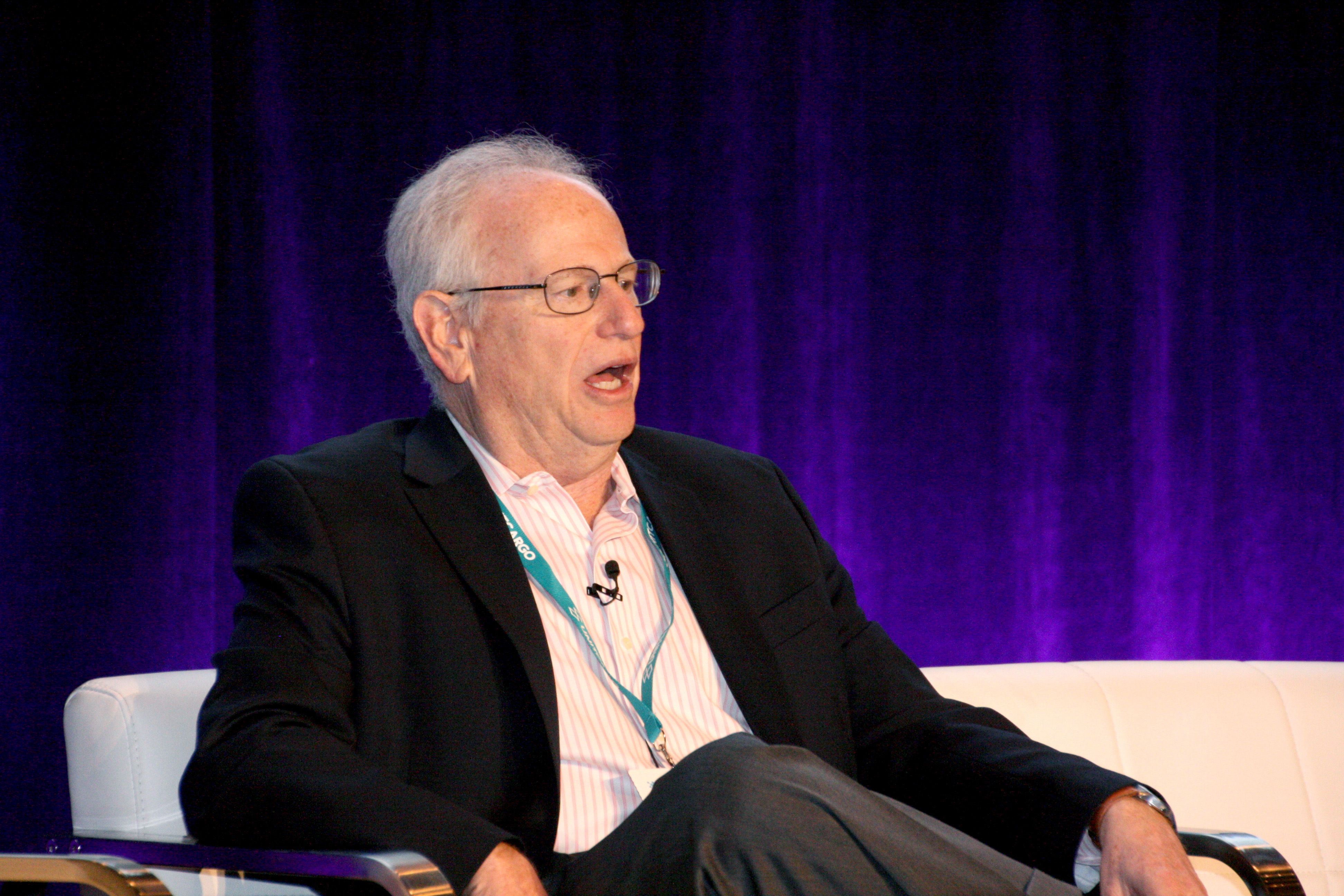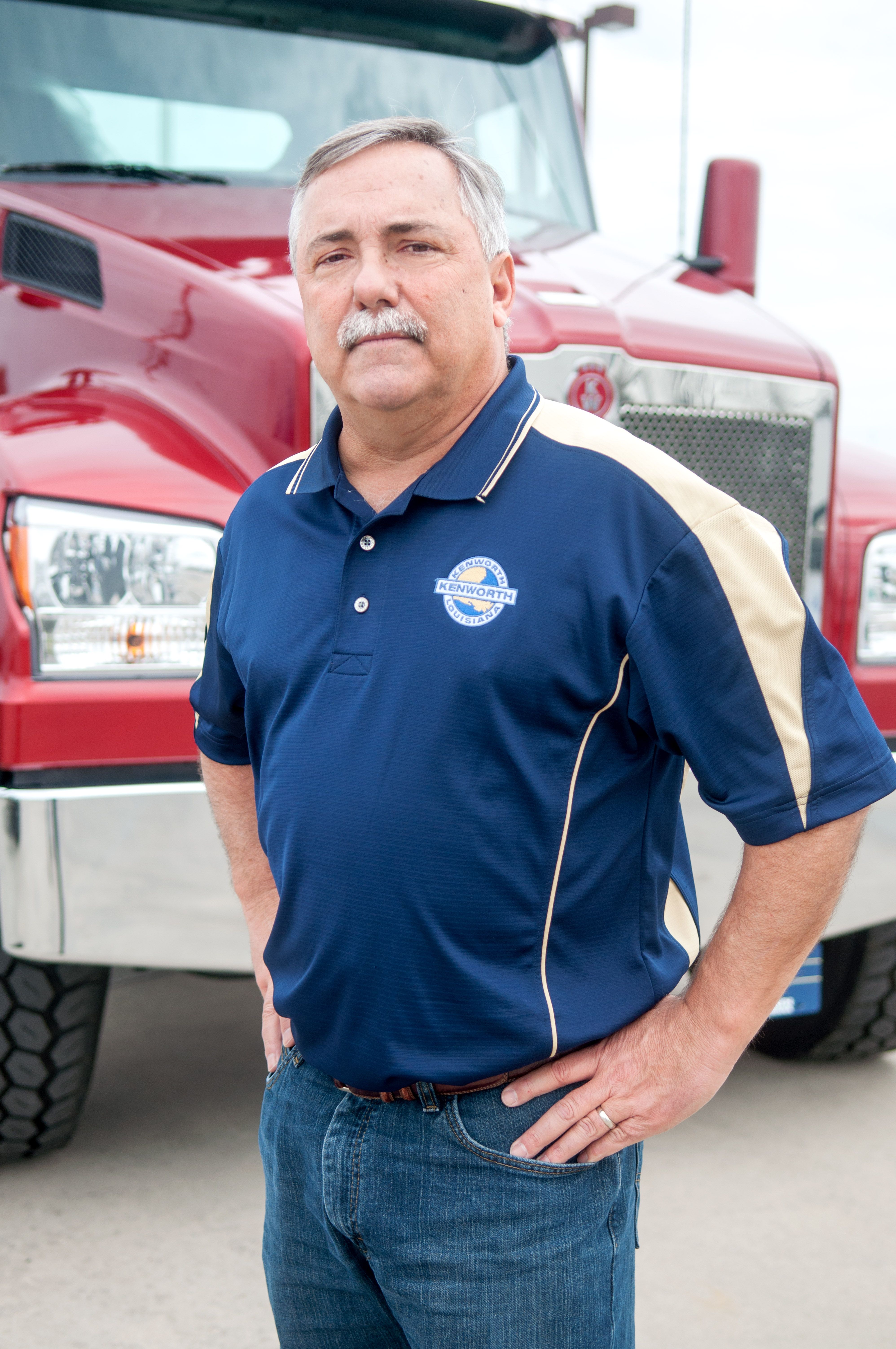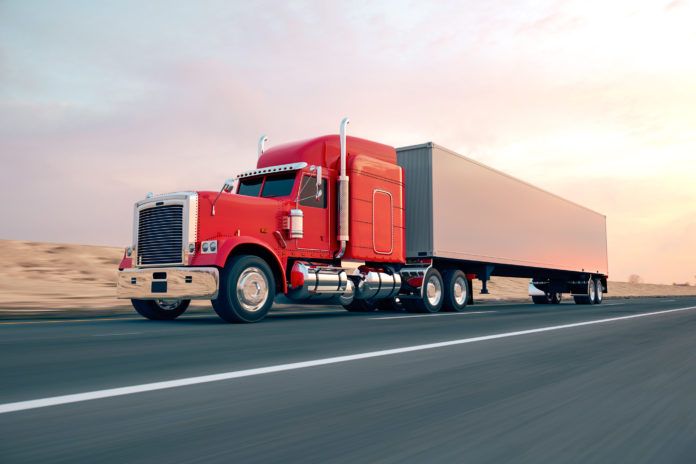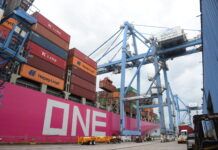As autonomous vehicles edge closer to reality in the U.S., public and private groups are scrambling to prepare for the eventuality of such technology on state and federal highways. In Louisiana, the Department of Transportation and Development’s Connected & Autonomous Vehicles (CAV) technology team has been actively working out the details for adapting the state’s infrastructure to accommodate the vehicles, while the Legislature has taken some recent steps toward regulating the market.
A host of new innovations appears to be propelling us toward a driverless future, and the trucking industry is leading the way in some respects. The American Transportation Research Institute recently released a report on the future of autonomous trucking, concluding that it was on course to fundamentally change the industry. The report predicts that autonomous technologies will become increasingly available as systems are developed and commercialized, and that productivity and safety would be the beneficiaries.
“With a supposed adaptation of the (allowed) hours-of-service for autonomous users, there is the potential that individual drivers will be able to operate in what is essentially a team environment,” the ATRI report reads. “The elimination of human error-related crashes also has the potential to save the industry billions of dollars annually.”
PLATOONING
The trucking industry has been especially attracted to the idea of “platooning,” where a single driver operates a lead truck in a two-vehicle convoy. In May, Gov. John Bel Edwards signed Act 310 to reduce the minimum following distance for large vehicles—thereby opening the door for “platooning” of certain approved trucks. Previously, a Louisiana law dating back to 1962 specified that a “driver shall not follow another vehicle more closely than is reasonable and prudent.” Specific to trucking, the rule defined the distance as a minimum of 400 feet on a highway. (By comparison, the State Capitol is 450 feet tall.)
Beginning Jan. 1, the new law will permit certain approved vehicles to follow as closely as 40 feet. Overnight delivery carriers with the appropriate technology will be allowed to drive in a two-vehicle caravan, which the companies say will save on fuel. For now at least, both trucks will have drivers, although the rear vehicle’s braking controls can be commandeered by the lead vehicle.
DOTD, Louisiana State Police and other agencies will work out the regulatory details of the law later this year. One thing is clear—if a company desires to platoon its fleet, it would need to develop a plan and have it approved by DOTD. At least one overnight delivery carrier—UPS—plans to begin platooning trucks in 2019 in select markets.
Bill sponsor Rep. Kenny Havard, R-St. Francisville, a member of the House Transportation Committee, assured legislators that the platooning process is safe. “The rear guy in the platoon is still steering, working the brakes, etc., they’re just connected electronically,” Havard says. “The driver in the rear can still see the vehicle in the front. There’s infrared and radar so if the front guy taps his brakes it releases the other guy and puts on the brakes.”
The rule change would be mostly limited to the interstate highways system.
EQUIPPING THE TRUCKS

—RICK LISSA, senior director and logistics manager, Formosa Plastics. Photo by Sam Barnes.
Platooning proponents such as technology provider Peloton Technology in Mountain View, California, say fuel efficiencies gained by platooning can be significant. Typically, the lead truck gets about 4.5% savings while the second truck gets 10%, as documented by the North American Council on Freight Efficiency. This is particularly important in the highly competitive trucking industry, where profit margins run 3%-4%.
Maria Woodyear Bowen, a lobbyist for Peloton and the Louisiana Motor Transport Association, points out that platooning is similar to adaptive cruise control and is not strictly autonomous. Trucks that platoon will be required to have air disc brakes and state-of-the-art collision avoidance systems. As such, the lead vehicle in a platoon controls the speed and the braking systems of the second vehicle.
“You can’t add this technology to an existing truck, so not everyone can do this,” Bowen says. “There are only a couple of companies out there with the technology, so it’ll only be OEM [original equipment manufacturer] vehicles. If FedEx buys a new fleet, for example, they can have this technology. It’s all going to have to come from the factory to meet certain specifications.”
The new legislation paves the way for Peloton, whose technology wirelessly “connects” the trucks so that they can monitor distances, weather conditions and loads. They’ll also be able to identify platooning opportunities nearby. Nandi Chhabra, Peloton’s market development manager in Mountain View, says his company’s technology will be “first to market” and is expected to launch soon in Texas.
NO TIRED DRIVER
Louisiana has taken other steps, albeit minimal, toward an autonomous future. In 2016, the Legislature defined what “autonomous technology” means in Act 318. And for its part, the National Highway Traffic Safety Administration issued guidance on autonomous technologies and vehicles, although it does not specifically mention trucks.
“We have no national guidance on this right now [for trucks],” says Dan Murray, vice president of ATRI. “Whatever the reason, NHTSA has provided no guidance, so the states are on their own, which is terrifying, because we could get 50 different sets of laws and rules and regulations.”
One of the biggest challenges will be the development of malleable rules that address each degree of automation [see box]. “It’s going to be difficult to discern,” Murray says. “The rules will need to change based upon the level of autonomy.”
Meanwhile, new technologies are being developed far faster than government regulations can accommodate. In probably the most famous autonomous test run in the world, a fully autonomous Anheuser-Busch big rig with 51,000 cans of beer successfully traversed 132 miles of Colorado’s I-25 in October 2016.
Tim Ordoyne, branch manager at Kenworth of Louisiana in Port Allen, says his company—a manufacturer of large tuck rigs—recently opened a facility in Palo Alto, California, to be close to the companies developing autonomous technologies so that it could facilitate research and expedite implementation.
Mike Matte, senior director of business development for Dupré Logistics in Lafayette, says the increased hours of service afforded by autonomous trucking will undoubtedly lead to greater efficiency. Dupré provides energy transport and dedicated hazmat transport for the industrial market, as well as dedicated site logistics. “Theoretically, as long as it has enough fuel, a truck could go from point A to point infinity and won’t need to stop,” Matte says. “There’s no tired driver that needs to sleep. That’s a huge benefit.”
Autonomous trucks could also alleviate a persistent driver shortage plaguing the industry, caused primarily by the minimum driving age of 21, misconceptions about the industry and job competition from construction and industrial markets.
The potential of autonomous trucking has generated excitement among members of the industrial supply chain. During this year’s Petrochemical Supply Chain & Logistics Conference in Houston, owners’ seemed hopeful that driverless or driver-assisted trucks would soon alleviate concerns over safety, reliability and cost.
Speaking at the conference, Rick Lissa, senior director, logistics management at Formosa Plastics, predicted that driverless trucks would have a major impact. “The disruptors in the supply chain today are technology on driverless trucks, driverless boats, driverless trains, driverless planes. What does that do to the industry? It drives down cost, so there’ll be a lot of acceptance to that. When you have drivers that could be limited on their hours of service, this is one way to optimize your asset.
“What that will look like next year, three years, or five years down the road, I don’t know, but I do know that people are going to work toward that.”
DOWN THE ROAD

—TIM ORDOYNE, Port Allen branch manager,
Kenworth of Louisiana. Photo by Don Kadair.
Patterned after similar initiatives in other states, DOTD’s CAV Technology Team was formed three years ago to determine state and local transportation agency roles, formulate DOTD policy and identify CAV applications for use at DOTD.
Steve Glascock, CAV leader and director of the department’s Intelligent Transportation Systems, says his 30-member team reaches across multiple DOTD disciplines and districts. “We meet together and keep up with industry activity,” Glascock says. “There’s a lot that’s moving into industry in regards to connected and autonomous vehicles. We’re trying to get a sense of industry happenings.”
Glascock says the CAV team will soon develop a 20-year plan for supporting the technology. At a minimum, that includes outfitting interstates and highways with the communications technology necessary to support vehicle-to-infrastructure connectivity.
“In the next year we’ll have a series of documents identifying the strategic plan with the funding type and source. This could include local participation as well as private support. We’ve been working with the City of Baton Rouge, Lafayette Consolidated Government and the City of New Orleans to identify pilot projects.”
These projects would likely be multimodal in nature and include signalized intersections incorporating dedicated short-range communications (DSRC), a specific wireless technology used by public safety agencies. “If we’re able to communicate to the vehicles equipped with braking assist, blind spot warning and adaptive cruise control, then we feel that would go a long way toward improving efficiency and the safety of how vehicles operate,” Glascock says.
Apart from that, not much else can be done from an infrastructure standpoint. “The fully autonomous vehicle is mostly self-contained,” he adds. “You have the intelligence on the vehicle, to where it can sense where it is through the roadway mapping that’s on board.”
As for the trucking industry, full autonomy might be a ways down the road, although some rather impressive technologies are moving in that direction. Dupré has partnered with technology company Lytx to install a new camera-based technology on all its trucks. “It not only records data and gives the driver feedback; there’s a predictive analytics part that comes with it,” Matte says.
“It’s also tied into the telemetrics of the truck, so it can understand and interpret speed, RPMs, etc. It begins to predict situations, and we can use that to operate more safely. We can provide feedback to the drivers.”
Other technologies such as Bendix Wingman provide “adaptive cruise” assistance. If the driver engages cruise control and someone pulls in front of him, the truck automatically applies the brakes and maintains a safe distance. The system can also prevent tip-overs by applying the brake and shutting off fuel to the engine to efficiently manage a turn.
10 YEARS AWAY
In regards to fully autonomous vehicles, the Louisiana Legislature is hesitant to make any other moves just now. Related bills during the recent regular session were all pushed aside. “Louisiana’s just not ready yet,” Havard says. “We just thought that we were putting the carriage ahead of the horse, so we’ve backed off to see what kind of vehicles will be developed, what’s going to be required, etc., before we move ahead.”
There are also cybersecurity concerns, as these technologies could fall victim to nefarious hackers. For that and other reasons, Ordoyne doubts that autonomous trucking is going to happen anytime soon. “I think I’ll be retired before I see a fully autonomous hazmat or petrochemical truck going down the highway,” he adds. “These guys that haul petrochemical are going to be one of the last ones because of what they’re hauling, and legislation is going to have to happen to regulate what they do.”
Dupré’s Matte agrees. “For the people to expect that magically five years from now we’ll just starting rolling out these trucks without drivers, I think that’s naïve. I think it’s going to evolve over time rather than suddenly appear. I support the idea that autonomous trucking is coming, but if you’re talking about a fully automated vehicle, I think that’s probably 10 years away from really happening.”








